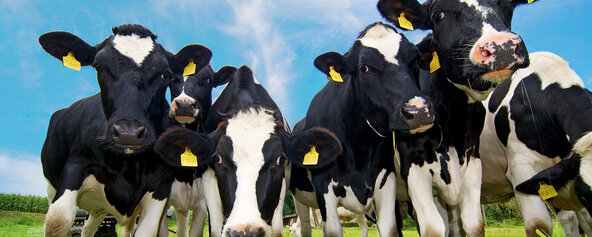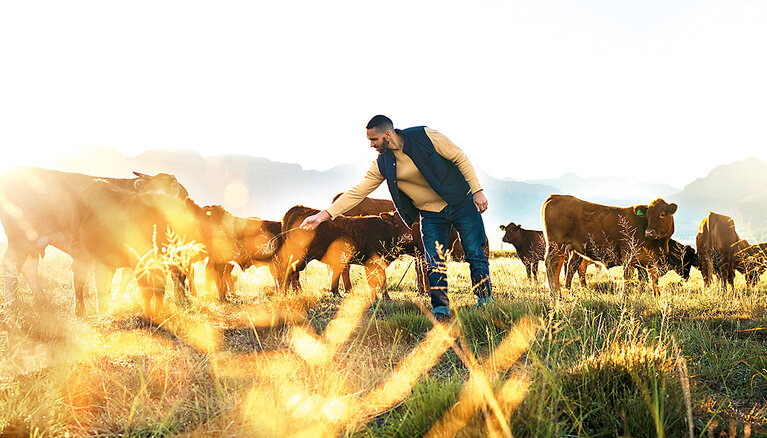
Not great for your bones, a sign of excessive consumption, robs calves of nutrition and wrecks the environment. Oh, and men who drink milk are wimps. This depressing narrative about milk features few heroes and the implication is that consumers of plant-based alternatives are acting to counter this waste, abundance and exploitation. The message from critics of dairy products is loud and clear and has often dominated discussions of the issue. But does the public really agree? What needs to change in order to improve milk’s image? How can advertising campaigns and social media help the public see milk more favorably again, as healthy, nutrient-rich and an indispensable part of our diet?
Caring about cow’s milk
Market researchers looked into how consumers think about milk and sought images to convey positive messages about dairy. Encouragingly, the study “Milk needs new images” by the rheingold salon agency, found no one wants cow’s milk to disappear entirely. On the contrary, it is rich in nutrients, makes people strong and has no equal in terms of taste, respondents said. The trouble is that this healthy drink is struggling in the current zeitgeist. What may be widely accepted and welcomed for children is soon viewed as excessive for adults. Sure, milk may be good for bodybuilders, but it’s seen as bad for those who are trying to lose weight and want to become as slim, healthy and athletic as possible.

Love-hate to true love
Whole milk is no longer a sole source of nutrients, as today’s consumers tend to want to get individual nutrients from more specific sources, this image suggests. Classic consumers of milk have become more critical of dairy, even if drinking milk makes them feel full and sated. This view is compounded by negative media images that associate milk with excess, luxury, and the exploitation of cows. Say milk to the public and they imagine not only the drink but milk being poured over the body or udders being hooked up to milking machines. When it comes to milk, people’s imaginings run the full range, right up to glorifying the perfectly efficient cow. All in all, the study found that consumers have a conservative image of milk, seeing it as part of a diet from an era of abundance and prosperity that is no longer in keeping with the times.

Image refresh
These days, consumers are different, hungry for new ideas, inspiration and products that match their lifestyles. They are healthy, sustainable and increasingly concerned about animal welfare. They tend to like pictures of startups that produce plant-based alternatives, farmers who promote climate protection, who respect and care for their animals, pictures of free-range cows and innovative technology that lets farmers spend more time with their herd. Consumers like seeing the versatility of dairy products and they appreciate straight talk from ambassadors they see as authentic. And when it comes to cows, they want a sense of transparency about farm life. Consumers seek images that help them understand the new technology farmers use to monitor their cows to prevent disease, or autonomous feed machines that suit cows and relieve farmers, for example. They are keen to see how agricultural work is becoming more digital, thanks to tablets, networks, renewable energy, e-mobility and precision farming. All in all, more images are needed to show these aspects of agricultural life and explain it in a way consumers can understand.
Farmers in the driving seat
Dairy farmers can do a lot to help convey these images to the public and anchor them in people’s minds. They need to share their own pictures in social media, on YouTube and other channels to show how innovative they are in caring for their cows and the environment and conserving resources. Images of joy in connection with milk, and of sustainable agriculture, will inspire consumer confidence and act as a strong counterargument to the negative views out there. Milk has always embodied strength, energy and beauty but nowadays, it needs some explanation as well. If the story of dairy is retold right, milk can enter this new era with confidence and flair as the top quality product it has always been.
